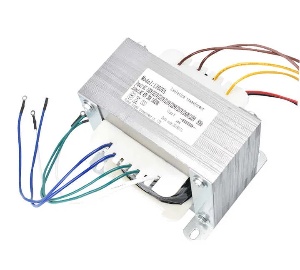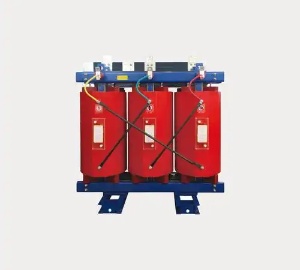Electronic Components Supplier | Transformers, Inductors, Inverters
Introduction
Electrical substations and transformers form the critical infrastructure of power distribution networks. While substations act as nodal points for voltage regulation and power routing, transformers serve as the workhorses that enable efficient voltage conversion. This in-depth guide explores their interdependence, key components, technological advancements, and industry applications to help energy professionals optimize power infrastructure.

Core Functions of a Substation
-
Voltage transformation (step-up/step-down)
-
Power routing and switching
-
Frequency regulation
-
Protection and monitoring of grid assets
Types of Substations
-
Transmission Substations (66kV-765kV)
-
Interconnect high-voltage networks
-
Feature large power transformers (100MVA+)
-
Distribution Substations (11kV-33kV)
-
Supply power to end-users
-
Utilize distribution transformers (50kVA-30MVA)
-
Converter Substations
-
Enable HVDC transmission
-
Employ specialized converter transformers
The Critical Role of Transformers in Substations
Transformer Types in Substations
| Type | Voltage Range | Key Application |
|---|---|---|
| Power Transformer | 33kV-800kV | Transmission voltage conversion |
| Distribution Transformer | 415V-33kV | Local power distribution |
| Autotransformer | 110kV-400kV | Interconnection of similar voltages |
| Phase-shifting Transformer | 138kV-345kV | Power flow control |
Innovations in Transformer Technology
-
Smart transformers with IoT monitoring
-
Eco-friendly ester oil alternatives
-
Amorphous metal cores for higher efficiency
-
Digital twin technology for predictive maintenance
Substation-Transformer Integration
Key Interconnection Components
-
Circuit Breakers – Isolate faults
-
Busbars – Distribute power within substation
-
Protective Relays – Monitor abnormal conditions
-
Capacitor Banks – Power factor correction
Modern Substation Design Trends
-
Gas-insulated substations (GIS) for urban areas
-
Hybrid substations combining AIS and GIS elements
-
Mobile substations for emergency power
-
Renewable integration substations
Utility-Scale Power Systems
-
National grid transmission networks
-
Regional load dispatch centers
Industrial Power Solutions
-
Steel plants requiring 220kV+ supply
-
Data centers needing 99.999% reliability
Emerging Applications
-
EV charging megahubs
-
Offshore wind farm collector stations
-
Microgrid interconnection points
Maintenance and Safety Considerations
Transformer Maintenance Best Practices
-
Dissolved gas analysis (DGA) for fault detection
-
Thermal imaging of connections
-
Regular oil testing and filtration
Substation Safety Protocols
-
Arc flash hazard mitigation
-
Remote operation capabilities
-
Cybersecurity for digital substations

Future Outlook
Key Development Areas
-
Solid-state transformers for faster switching
-
Superconducting transformers with zero losses
-
AI-driven substation automation
-
Modular containerized substations
Conclusion
The synergy between substations and transformers drives modern power systems, enabling efficient electricity delivery from generation to end-users. As grid modernization accelerates, understanding their technological evolution and integration strategies becomes crucial for energy professionals.







